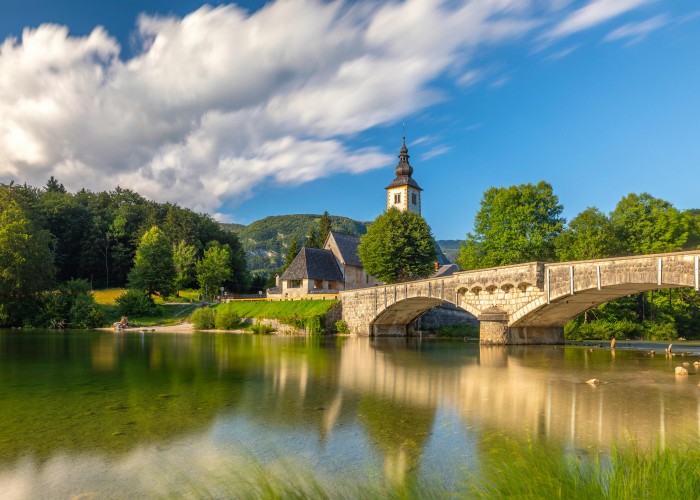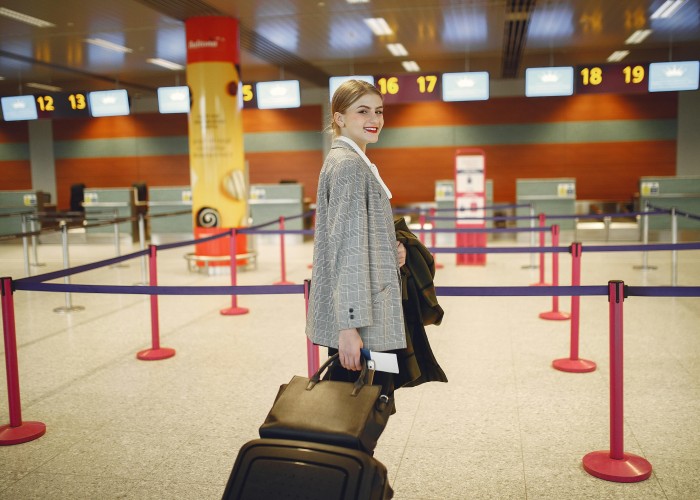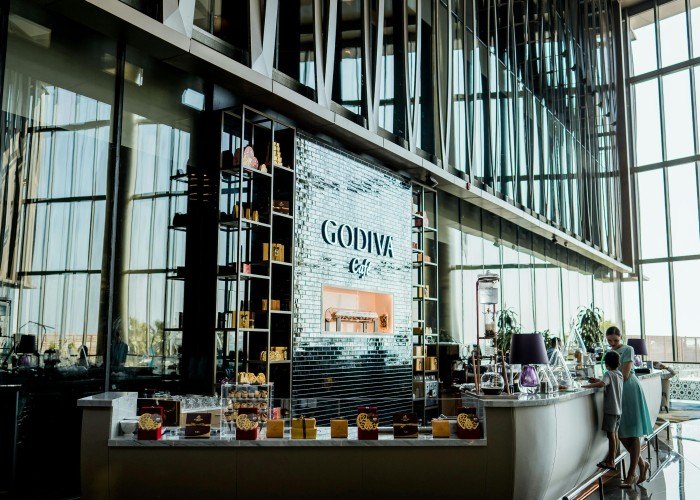The Mount Triglav Traverse is a dramatic trek across Slovenia’s highest peak, Triglav (2,864 m), and its surrounding ridges. Located in the heart of the Julian Alps, this route forms a loop or linear crossing that takes you over rocky crestlines, alpine meadows, and the iconic summit. It’s celebrated for sweeping mountain views, limestone ridges, and a sense of adventure tied to Slovenia’s national pride—Triglav is a symbol deeply woven into the country’s identity, even appearing on its flag. Mount Triglav Traverse Trek – Slovenia.
Best Time to Visit
For safe and enjoyable hiking, plan between mid-June and late September:
- Late June to early July offers wildflowers and manageable snowfields.
- July to August provides longer daylight, stable weather, and all mountain huts open.
- September brings crisp air, golden larch, and fewer fellow hikers.
Before and after this window, hidden snow and closed huts can create hazards.
How to Reach (Train / Road / Air)
Getting to Slovenia and the trailhead is relatively easy:
- By Air: Fly into Ljubljana or Trieste (Italy). Ljubljana is straightforward and well connected.
- By Train: Slovenia’s rail network links Ljubljana with Bohinj or Jesenice. From there, local buses to the trailheads offer easy access.
- By Road / Car: Driving gives more flexibility. You can drive to villages like Mojstrana or Bohinj Lake. Park there and take local transit or begin on foot.
Entry Fees and Permits
- No special permits are needed for hiking the Triglav Traverse—trail access and national park entry are free.
- Mountain hut stays (half-board) involve fees that vary by location, season, and services, and are subject to change. Factor hut costs and potential cable car rides into your budget.
Food Availability and Meal Options
- Mountain huts serve filling local meals—soups, stews, mashed potatoes with cheese, pasta, and simple desserts. Breakfasts include deli meats, bread, cereal, and coffee.
- Dining is usually communal and cozy—arrive early for dinner service.
- Bring lightweight snacks—trail mix, dried fruit, or energy bars—for summit day or longer sections with no food access.
Packing List and Essentials
Pack smart and light, but don’t skip essentials:
- Balanced 35–45 L backpack
- Layered clothing: base, fleece or light down, waterproof shell
- Sturdy boots, multiple socks
- Trekking poles, gloves, warm hat, sun hat
- Sunglasses, sunscreen, water bottle or bladder
- Headlamp, power bank, map or offline GPS, basic first‑aid kit
- Lightweight sleeping liner (some huts require it)
- Rain cover and dry bags for gear protection
Safety Tips and Local Regulations
Stay prepared and follow local rules:
- Mountain weather changes rapidly—check the forecast and be ready to turn back if storms approach.
- Trails have fixed cables and ladders—bring gloves for grip and safety. Use them carefully, especially on exposed ridges. Mount Triglav Traverse Trek – Slovenia.
- Huts are often the only shelter—plan stops with their opening calendars in mind.
- Keep to paths, respect natural obstacles, and practice leave-no-trace ethics.
- Emergency number 112 works across Slovenia for rescue or urgent support.
Tips for Beginners or First‑Time Visitors
- Consider starting with a one-night acclimatization stay in a lower hut or near Bohinj Lake.
- Build basic scrambling and ridge‑walking skills on less technical trails first.
- Trek slowly—ridge terrain can be exposed and stamina‑draining.
- Use gloves on fixed cables and ladders—helps grip and protects your hands.
- Rest when needed—give your legs and heart time to adjust to altitude and steep terrain.
Local Customs and Cultural Etiquette
Observing local customs makes the trek more rewarding:
- Language: Slovenian is primary, but English, German, and Italian are often understood in huts. A simple ‘Hvala’ (thank you) is appreciated.
- Quiet time: Huts may observe quiet evenings—respect rest periods after dinner.
- Recycling: Slovenia values waste sorting. Many huts expect you to separate paper, glass, and compost.
- Greetings: A warm ‘Dober dan’ in the morning goes a long way with hosts and fellow hikers.
FAQ Section
How long is the trek
Most routes take 3 to 5 days, depending on pace and whether you include summit or traverse loops.
What is the difficulty level
Moderate to challenging. Involves rocky ridges, exposed cables (via ferrata style), and steep sections. Not technical climbing, but physically demanding.
What is the altitude range
Trail spans from around 600 m in valley bases to 2,864 m at Triglav’s summit.
Are there restrooms
Yes—in huts and some base points. No facilities on general trail segments—carry essentials for emergencies.
Is mobile reception available
Spotty. Villages may have coverage, but ridges and ridgelines often do not. Take offline maps.
How many kilometers per day
Varies widely—expect around 8 to 15 km. Terrain and elevation gain can make progress feel longer.
Do I need to book huts in advance
Recommended, particularly for July and August. Huts can fill quickly.
Do I need climbing gear
Not climbing gear—gloves are essential for protected cables. No ropes or helmets needed unless you choose more technical variants.
What about drinking water
Huts usually supply potable water. Bring a refill bottle. Safe streams in the park are less common—carry purification tablets just in case. Mount Triglav Traverse Trek – Slovenia
Final Thoughts
The Mount Triglav Traverse is more than a hike—it’s an immersive journey through Slovenia’s natural and cultural heart. With careful packing, sensible preparation, and a spirit of respect, this trek delivers breathtaking ridges and memorable moments among the Julian Alps. Mount Triglav Traverse Trek – Slovenia.






Leave a Reply